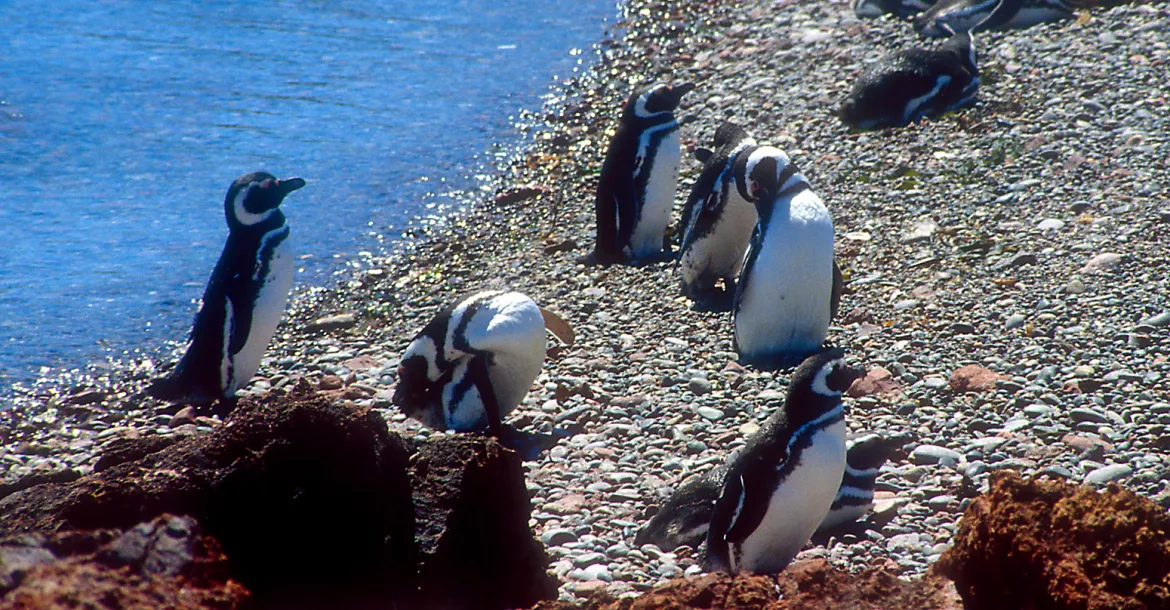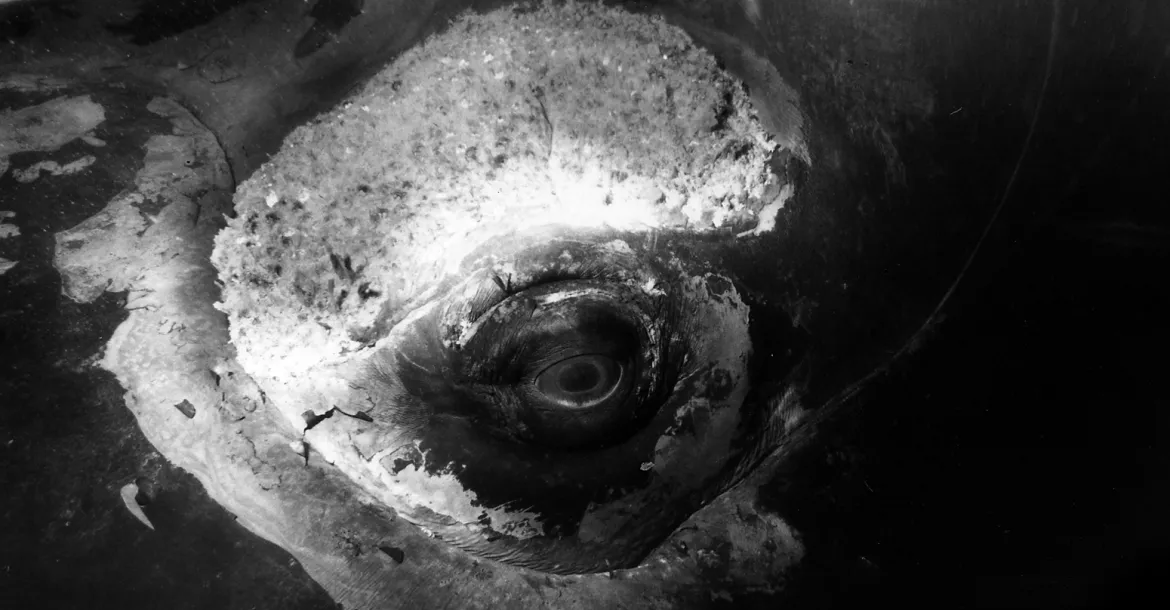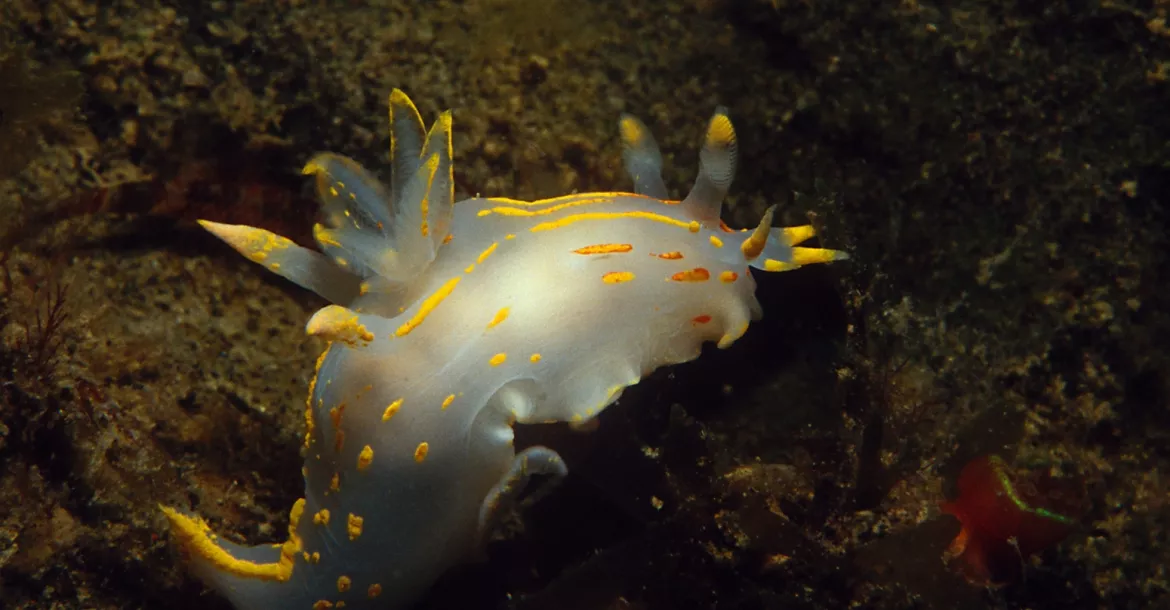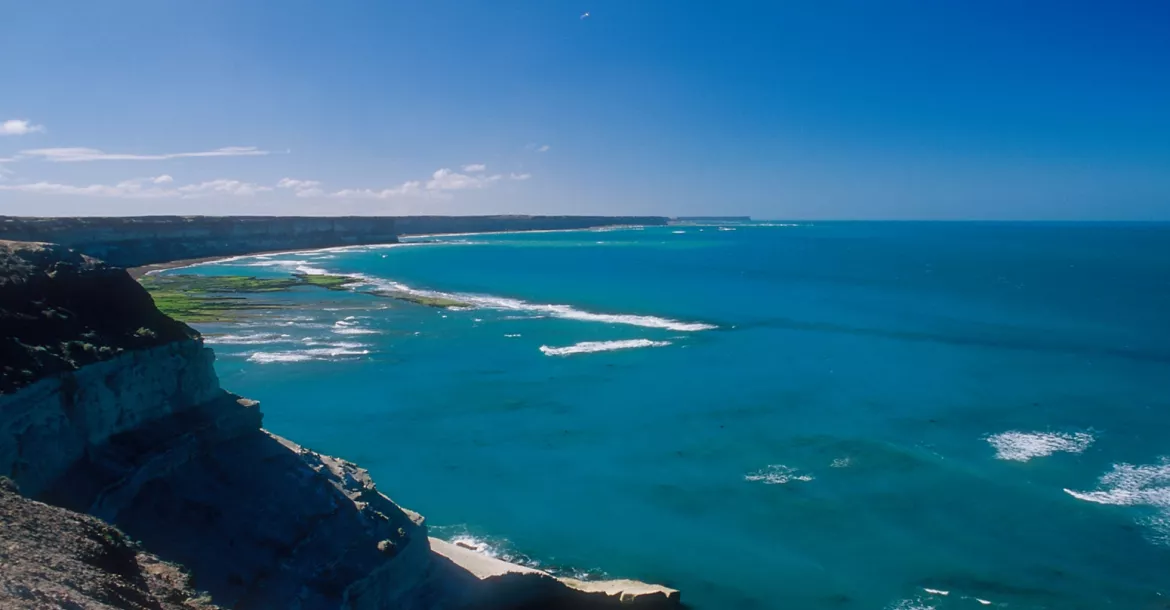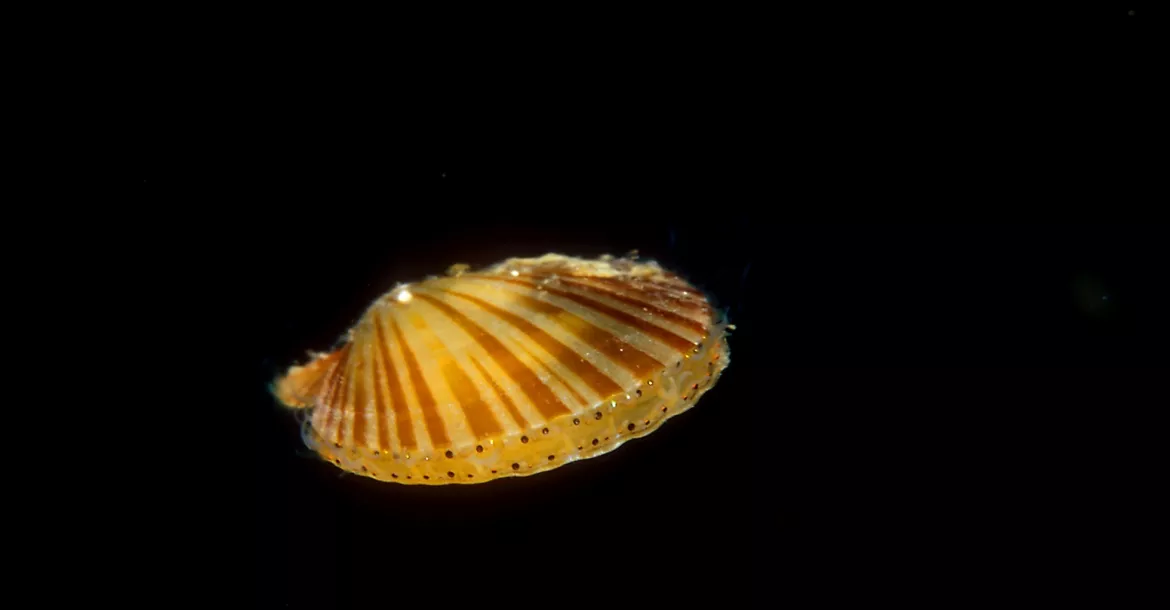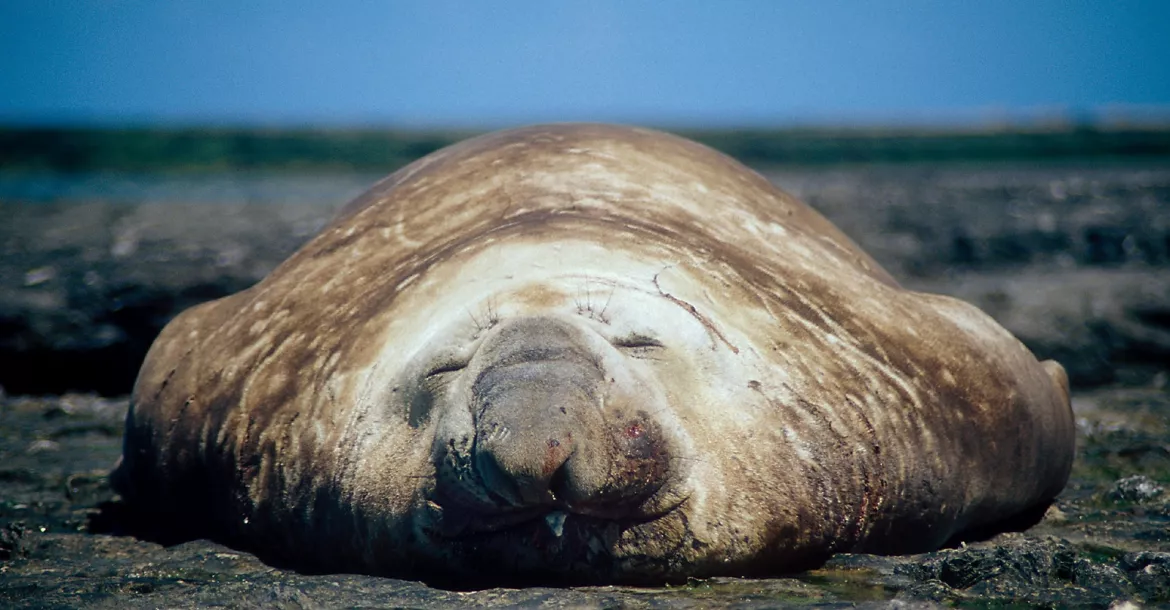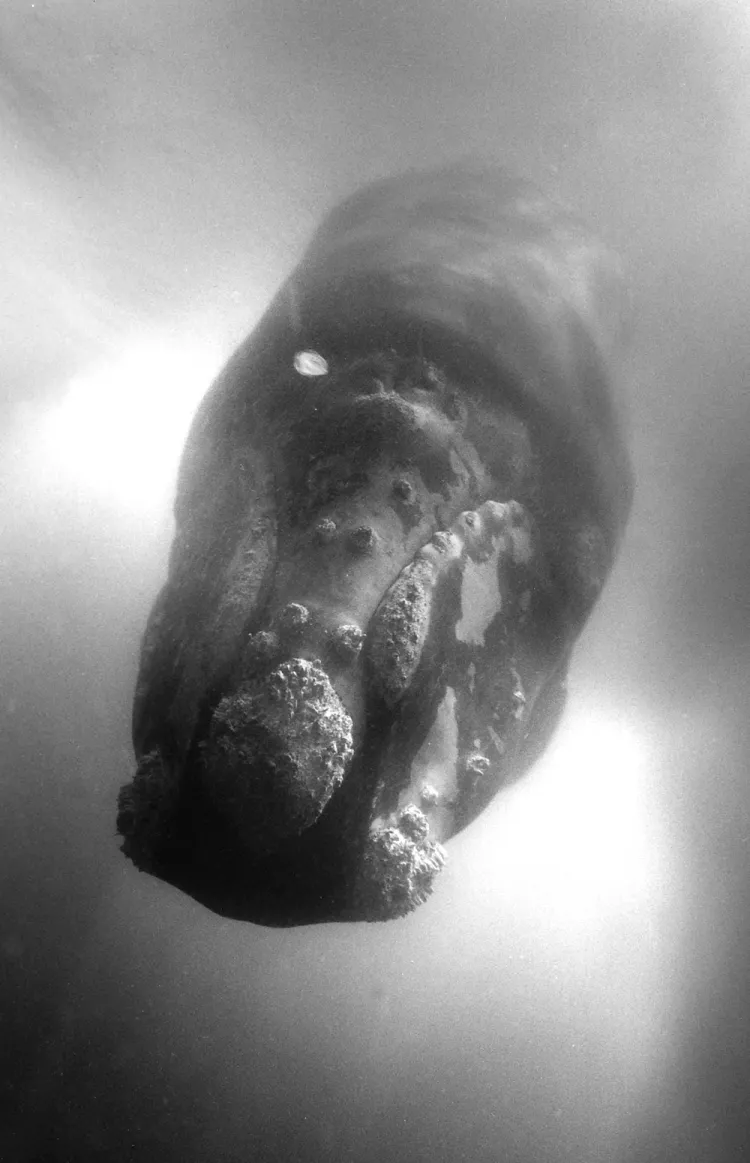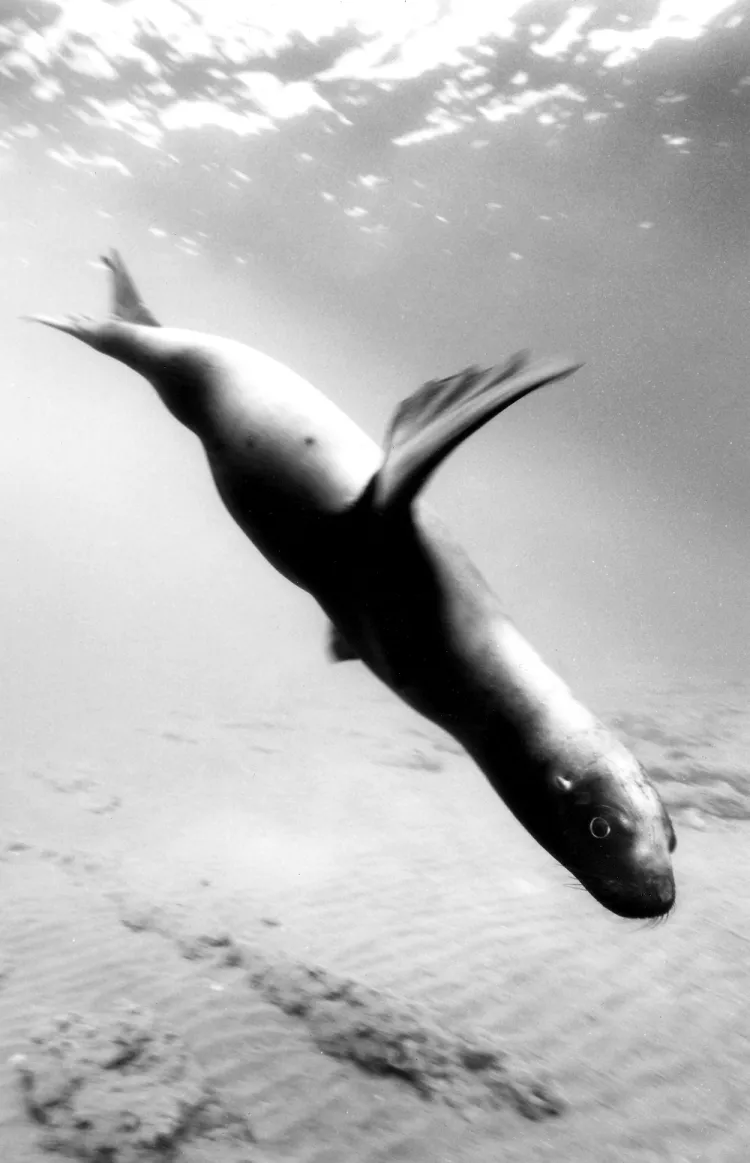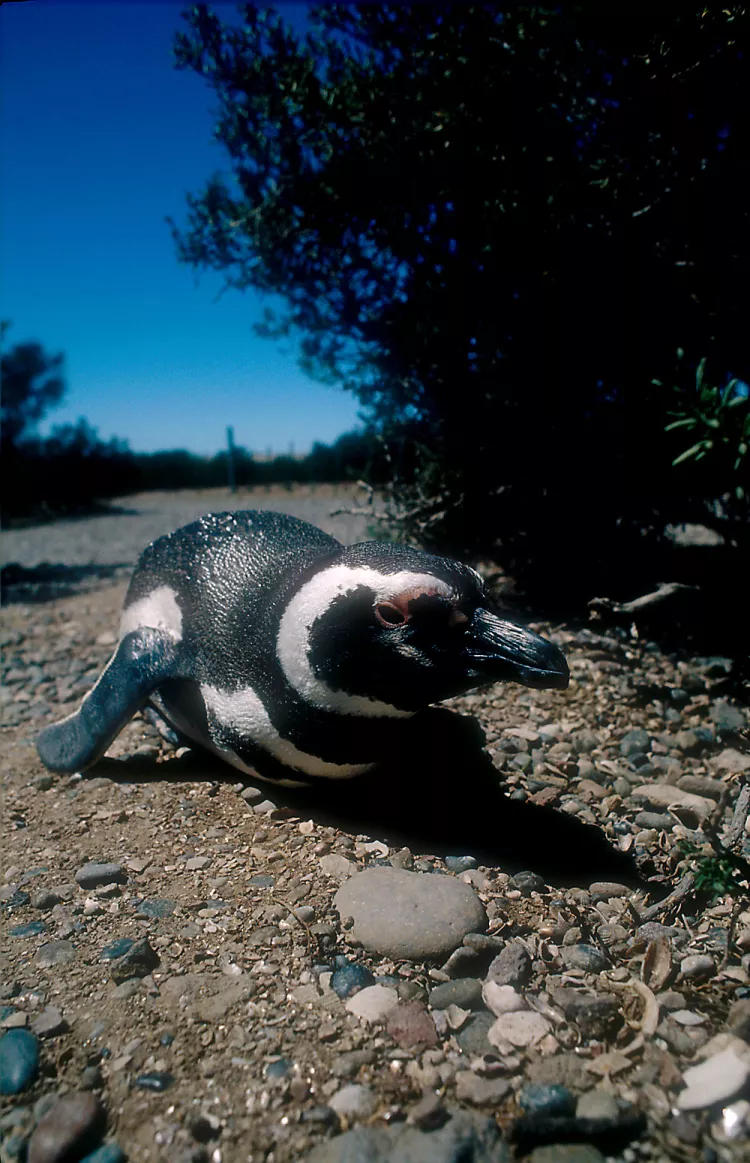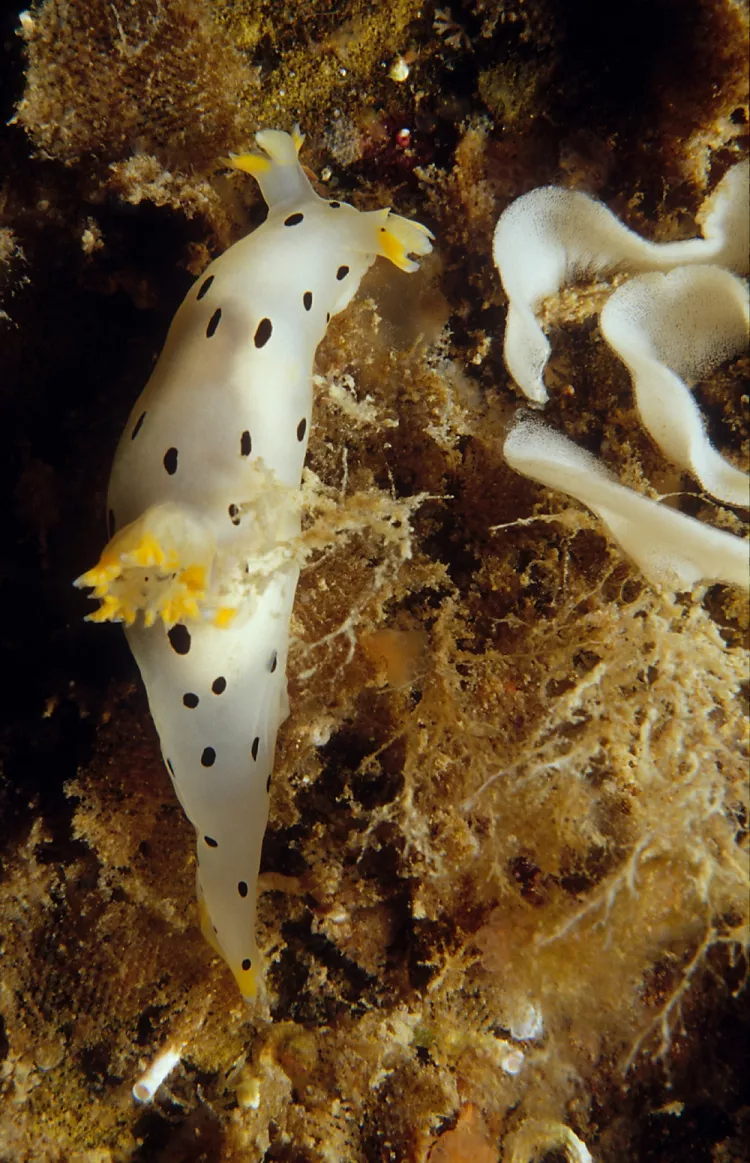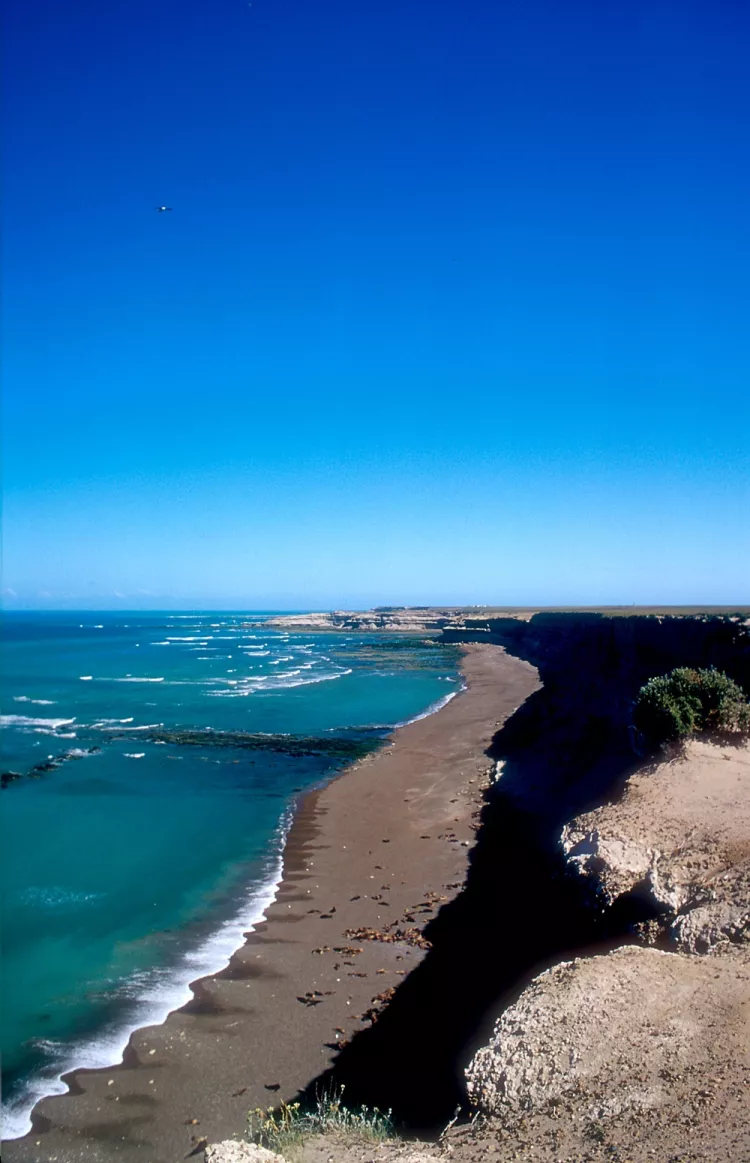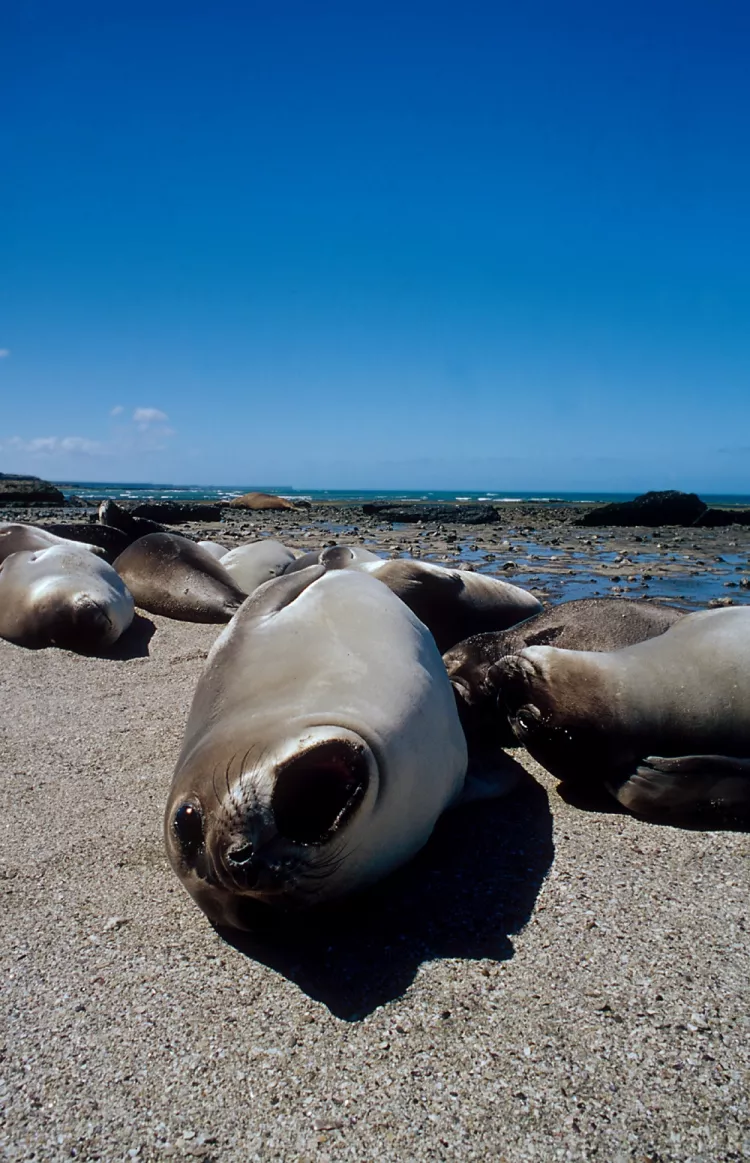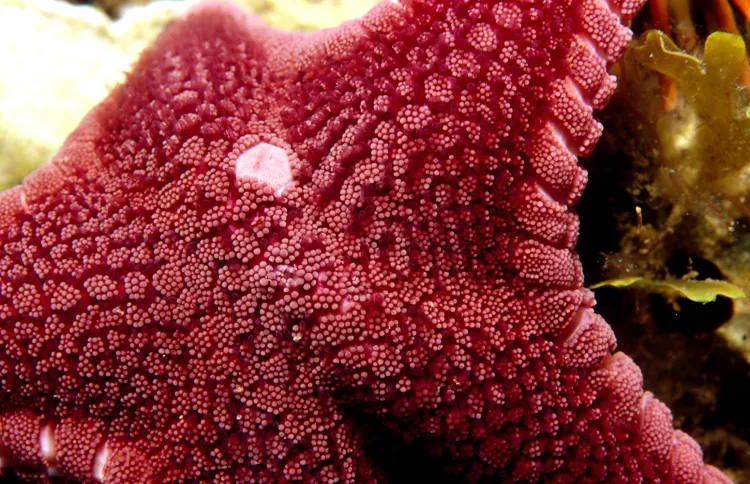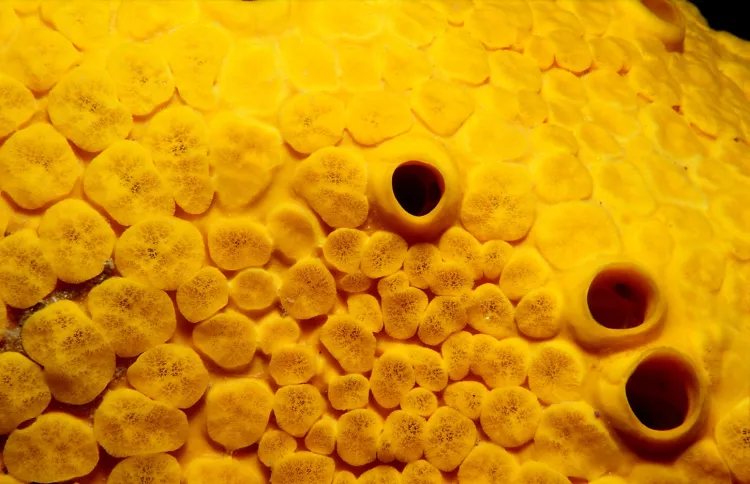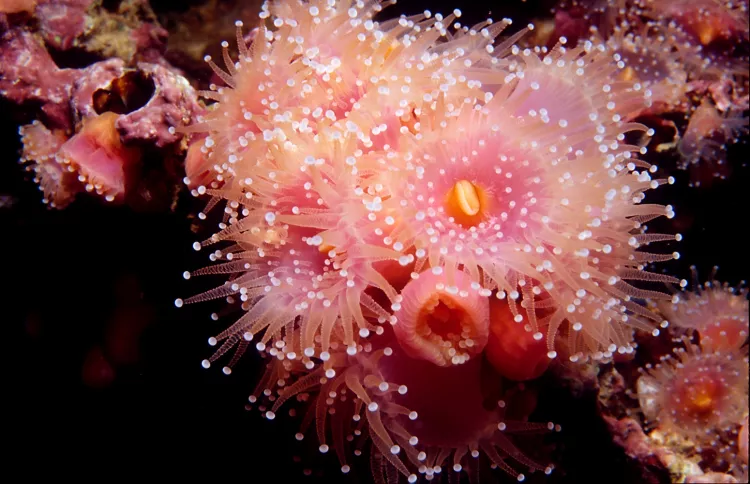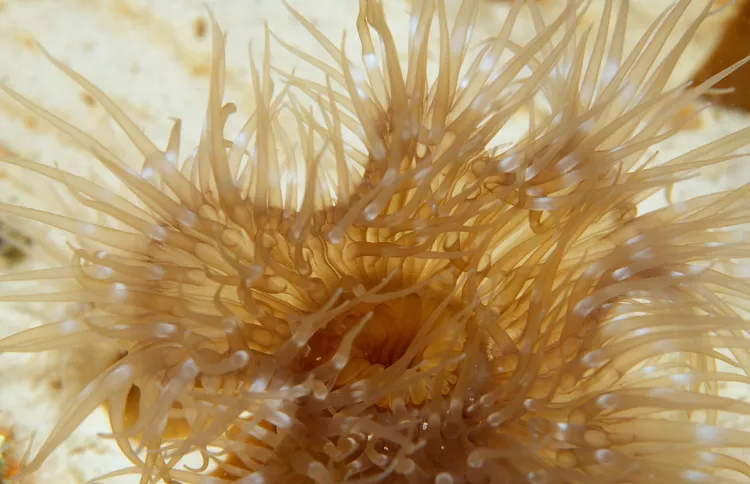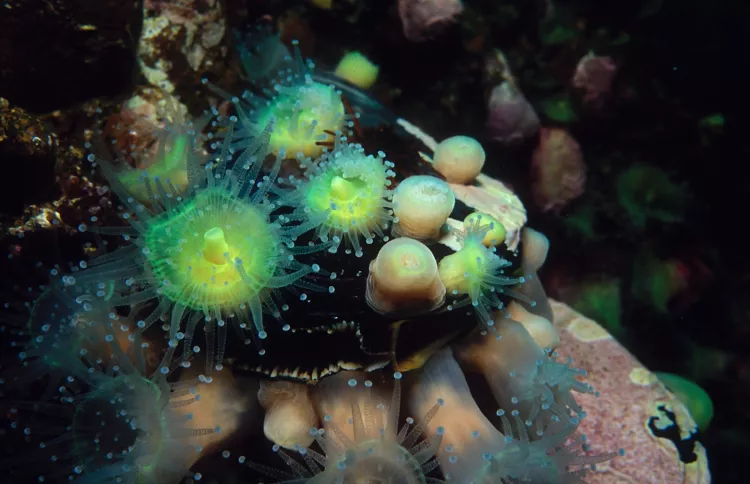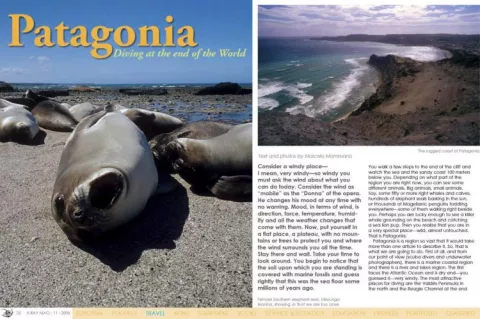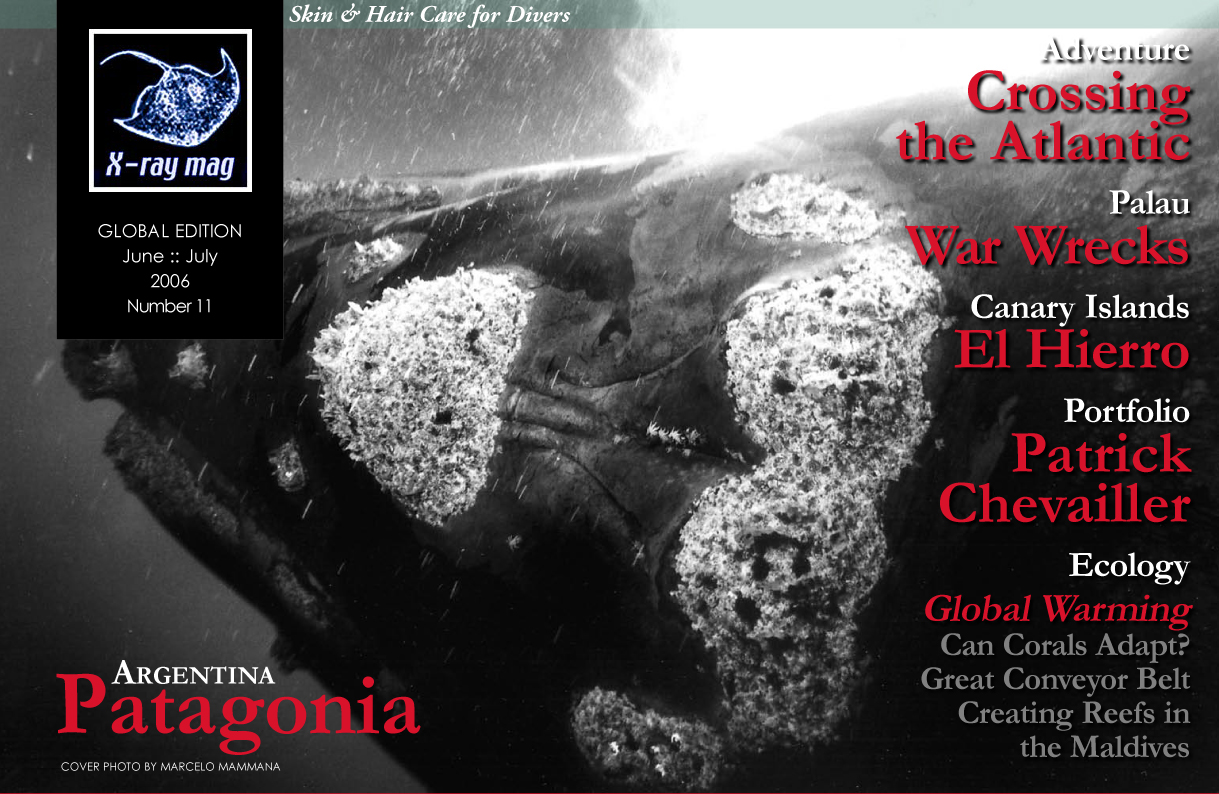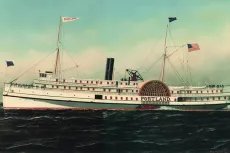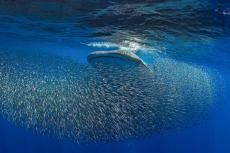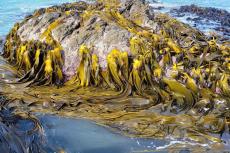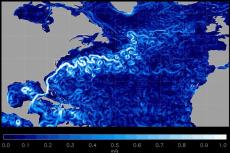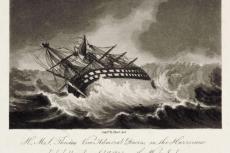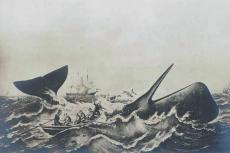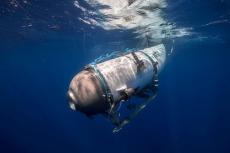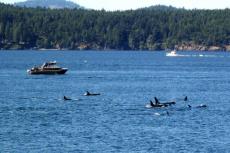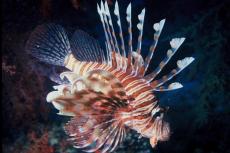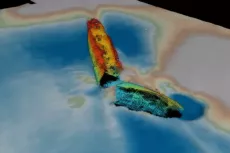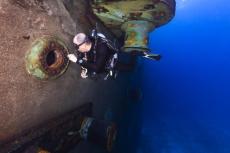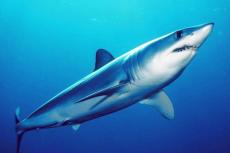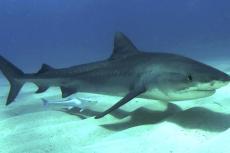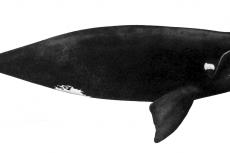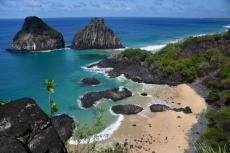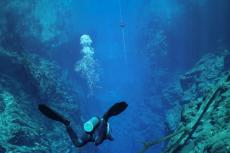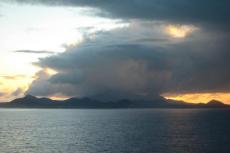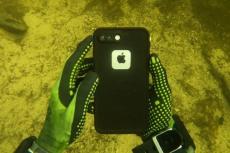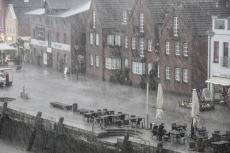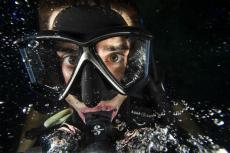Consider a windy place — I mean, very windy — so windy you must ask the wind about what you can do today. Consider the wind as “mobile” as the “Donna” of the opera. He changes his mood at any time with no warning. Mood, in terms of wind, is direction, force, temperature, humidity and all the weather changes that come with them. Now, put yourself in a flat place, a plateau, with no mountains or trees to protect you and where the wind surrounds you all the time. Stay there and wait. Take your time to look around. You begin to notice that the soil upon which you are standing is covered with marine fossils and guess rightly that this was the sea floor some millions of years ago.
Contributed by
Patagonia is a region so vast that it would take more than one article to describe it. So, that is what we are going to do. First of all, and from our point of view (scuba divers and underwater photographers), there is a marine coastal region and there is a river and lakes region. The first faces the Atlantic Ocean and is dry and—you guessed it—very windy.
The most attractive places for diving are the Valdés Peninsula in the north and the Beagle Channel at the end of the world. The other place lies at the foot of the Andes, which you can imagine are like the Alps, but much more extensive, with beautiful lakes surrounded by mountains and green everywhere. You can dive in both places, which both share one similar condition: cold waters. But they are very different in other ways.
The country
A few words about the country will serve you to understand its diving attraction.
A friend of mine used to classify countries as those that “are” diving places and those that “have” diving places. Argentina is in the second group. It is not a dive destination, but has some pretty, interesting and seldom dived spots that are worth a visit.
Today, it is not the expensive country it used to be—economic crisis and the devaluation of the local currency are to blame—so expect to see lot of tourist activity.
Buenos Aires is considered by many as the least “Latin American” of Latin American cities. This is due to European influence and immigration. Cultural offerings in this city are incredible, people are kind and helpful with tourists, coffee shops are open until very late in the night (some never close), tango is everywhere and although Spanish is our language, you will find that most people can help you in English.
Patagonia
Patagonia is in the southern half of the country. Life there is more expensive due to the distances. You better travel by plane to reach your destination. Once there, no matter where it is, try to rent a car if you have some time to spare. This will give you time and freedom. Many places like the Valdés Peninsula offer so much in such a big expanse that it would take some days to really enjoy all the attractions.
The places we are about to describe are perfect for a family vacation and especially the kids will enjoy truely wild contact with nature. This is neither a zoo nor an African safari. There will be times where you will find yourself watching a colony of thousands of elephant seals with no human around you except your family members. Of course, if you choose to visit them in a tourist bus, you should adhere to their schedules and rules.
Going by yourself will take more time, but will allow you to enjoy a more personal approach. Go to Punta Tombo, for example. There, millions of Maguellanic penguins form the biggest colony in the continent. You will be literally surrounded by these funny little animals. This is definitely a place for the family. But diving is better left for advanced divers. Although you don’t need to be an expert, it would be ideal that you feel comfortable in cold and sometimes not so clear waters. With the exception of a few deep wrecks, diving is done in places no deeper than 20 meters, mostly in the range of 12-15 meters.
You must ask special permission (in advance) if you want to dive with some of the animals in this region, because this is a protected area. An officer goes with you (not underwater) explaining what you can and cannot do. You can learn a lot from these guys. Some rules are a bit... (look around first to see if there is one of them around, please) ridiculous. For example, a diver cannot appear in the photograph with the animal. (What?!?!) But others rules are simply logical and perfectly understandable.
In the gulfs that surround the Valdés Peninsula, water temperature is around 10ºC, so a 5-7 mm wetsuit is okay for a couple of dives, but in the Beagle channel, expect less than 3ºC, so drysuits are mandatory. You can rent or buy diving equipment, but I would advise you to bring your own mask and fins just to avoid fitting problems. Photo or video equipment rentals are seldom available.
Internet is everywhere today, but don’t expect to find a good connection (or a connection at all) in some small villages. That’s what you get when you want to go to a wild place far from civilization.
We will leave the Beagle channel and the Andean region for future articles. Let’s try first to cover the Valdés Peninsula, as it is probably the most widely known place, and join me in a typical Patagonian diving adventure.
Valdés Peninsula
After a few days in Puerto Madryn (Argentina’s diving capital) where we have dived some nice shallow wrecks in not so clear waters, we decided to head to the peninsula.
Puerto Madryn is a big city that was the first place touched by the Welsh immigration to Patagonia. This is a very nice spot to use as a base and visit the different places of the region.
Welsh tradition can still be enjoyed by visiting a couple of small and beautiful towns not so far from Madryn: Dolavon and Gaiman. There, you can enjoy a typical Welsh tea. Believe me, you won’t want to eat anything the night before, so you can reserve your belly for it.
Just try it.
I will not tell you anymore. Near Puerto Madryn there are some small beaches where, during the whale season, you can see those giants swimming and playing a few yards from the coast. El Doradillo, just 15 km. north of Madryn, is the best spot. You can dive in Madryn, and it is there where you can find most of the dive shops.
Published in
-
X-Ray Mag #11
- Läs mer om X-Ray Mag #11
- Log in to post comments
- Log in to post comments

